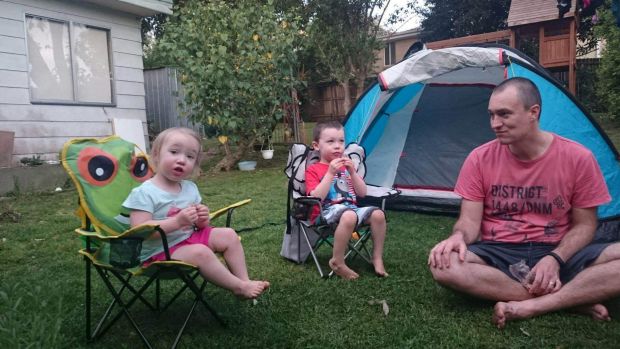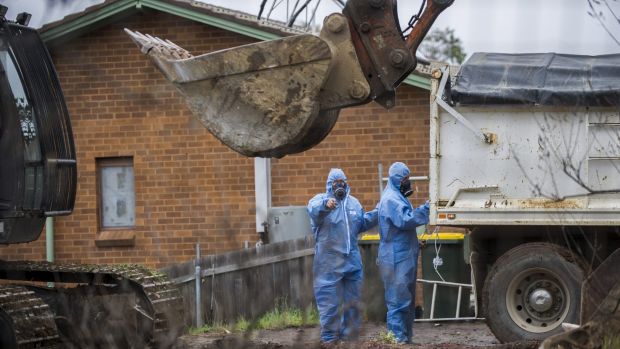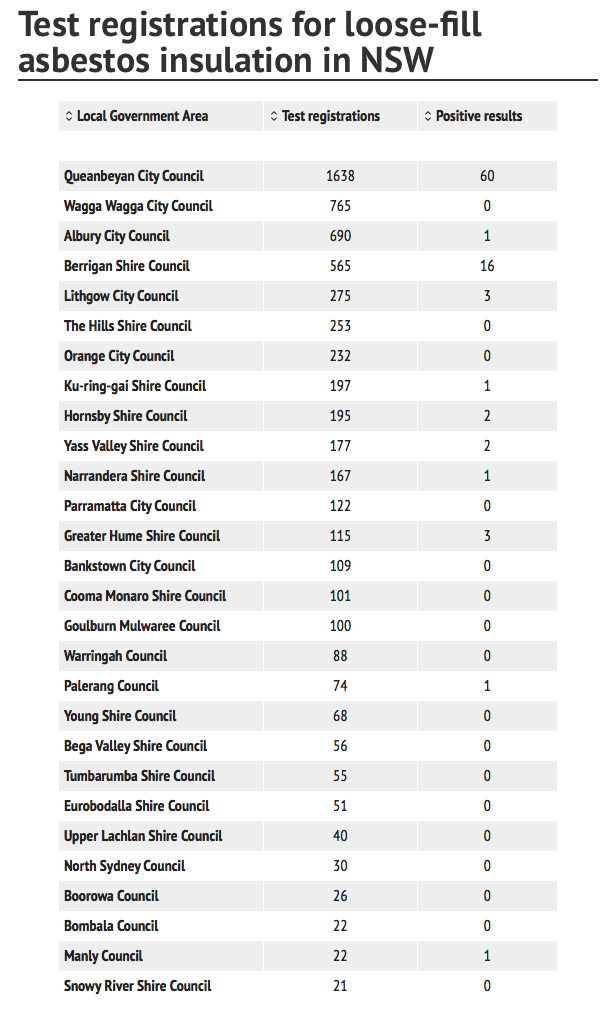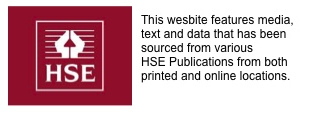It has been only one year since Martin Swinburn renovated the kitchen in his Asquith family home, and yet the shiny new space could soon be little more than rubble.
Mr Swinburn’s is one of 91 NSW homes that has tested positive to loose-fill asbestos across 28 local government areas, including Hornsby, Ku-ring-gai, North Sydney, Manly, Warringah and Hills Shire.
The news came after Mr Swinburn and his wife registered their home for testing in the state government’s “Mr Fluffy” loose-fill asbestos voluntary purchase and demolition program.

Martin Swinburn in the backyard of his Asquith home, which will likely be demolished and rebuilt, due to loose-fill asbestos found in the roof.
“It was built in the 1950s, so we knew it would have asbestos in the fibro-sheeting on the walls, but we didn’t think it would be in the roof,” Mr Swinburn said. “We had normal inspections done, but the loose-fill is sitting underneath insulation batts, so it wasn’t seen.”
In June last year the NSW Government announced the voluntary purchase and demolition program for all NSW residential property owners with loose-fill asbestos insulation.
On Wednesday, NSW Innovation and Better Regulation Minister Victor Dominello will announce a state awareness campaign, reminding affected NSW homeowners about their rights.
“This campaign will help to raise awareness about the program and encourage affected homeowners to seek assistance and advice from the Fair Trading Loose-Fill Asbestos Insulation Taskforce,” he said.
Loose-fill asbestos insulation is made from raw amosite or crocidolite asbestos that has been crushed into a fine state.
During the 1960s and 70s it was installed as ceiling insulation in around 1000 ACT homes, as well as a smaller number in NSW, by Canberra-based company Mr Fluffy.
Homeowners that receive asbestos-positive results, like Mr Swinburn, have two options.
The first would see the state government purchase the premises and land at market value, as if free of asbestos. The government, which has budgeted $280 million for the buybacks, would then demolish the premises and remediate the land, before selling it. This is the only suitable option for owners of multiple dwelling units or strata properties.
The second option, appropriate for rural properties (more than two hectares), would have the state government purchase the premises only, while the property owner retained ownership of the land. Again, the premises would be valued as if it were asbestos-free. The government would then demolish the premises and remediate the land, after which the owner could rebuild.
Property owners in the 28 listed areas, with homes built before 1980, can register to receive free sample testing.
Mr Swinburn said while their decision depended on the house valuation, they would likely demolish and rebuild.
“We like where we live. My son has just started preschool, so we don’t really want to move.”
The frustrating thing, he said, was not knowing when and how they would commence a rebuild.
“We don’t know what our block is going to look like once they finish the rehabilitation, so we can’t make any firm decisions.”
Mr Swinburn said he was “definitely concerned” the family had been living in the house with asbestos for more than five years, adding that gaps and air paths in the house had been sealed in the interim.
Source: Sydney Morning Herald



